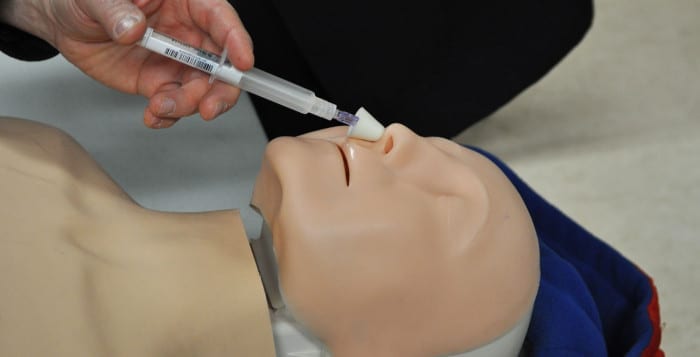You’ve got a friend in me.
You ain’t never had a friend like me.
You want a friend in this town? Get a dog.
You’re not my friend anymore.
And, perhaps, one of history’s deepest friend cuts, “Et tu, Brute?” Then again, I’m not sure how much Julius Caesar considered Brutus his friend on that fateful day.
We’ve all heard about or had unusual, spectacular and backstabbing friends. These people, who aren’t our relatives but with whom we voluntarily spend time, are in a category of people that distinguishes them from strangers who push past us on the freeway, along the sidewalk or the line at the cafeteria.
And while we’re certainly aware of the dangers of unrequited love from literature and history, are there unrequited friendships?
If you believe a recent study out of Tel Aviv University in Israel, the answer is a resounding “yes,” and it happens more often than we might hope. This research found that only half of those other people called their friends returned the favor. That means if you like John and Joe, chances are John might like you, but Joe could be somewhere between indifferent to you or annoyed at the way you tap his arm each time you say something too insignificant to break physical boundaries to share.
So, that left me in a quandary. How do I know who I want to be my friends and who wants me to be his or her friend?
Maybe, I thought, as my wife and I went out to dinner for the first time with another couple, we would become friends with two people at once. Could this, like that famous line in “Casablanca,” be “the beginning of a beautiful friendship?”
I had no such dramatic hopes, focusing instead on the little stuff: What should I wear, what would we discuss, did we have anything in common — and should I try to order quietly with the waiter while my wife distracted the couple so they didn’t know I was lactose intolerant?
A few moments after we sat down, I realized I didn’t have to speed read through the menu looking for items that my children would tolerate.
The woman from the other couple did the equivalent of shooting layups, as the rest of us listened. She shared stories about the academic and extracurricular interests of her children. That, I thought as I nodded politely at everything she said, was friendly enough.
Gradually we worked into a comfortable rhythm, even venturing into the potentially treacherous area of national politics. When I brought it up, I knew I ran the risk of talking with someone with incredibly strong opinions that conflicted with my own. Within seconds, however, it was clear that all four of us held similar political views.
When the evening ended, the men shook hands and gave social air kisses to the wives. The evening went well; I don’t think I embarrassed myself, my children or my wife. Now, are these people our friends? Not yet, I suppose, but the four of us are, perhaps, friendlier.
As we drove to pick up our son, who was at a late-night party with around 100 of his closest friends that would undoubtedly make him irrational and irascible the next day, I recalled the warnings about the dangers of becoming friends with our kids. They don’t need friends. Rather, what they need are authority figures who can tell them what they don’t want to hear, or so the advice goes.
But, wait, like a good movie where the solution is right in front of my face, I recalled a friendly tip from long ago: It’s important to be friends with the person you are dating. That, I realized, was excellent advice. It’s much easier to share a life with the one out of two people who reciprocates a friendship.








